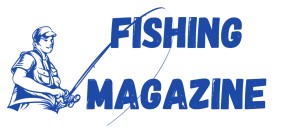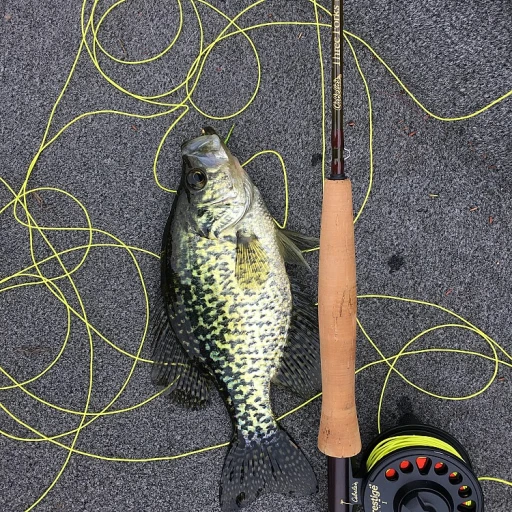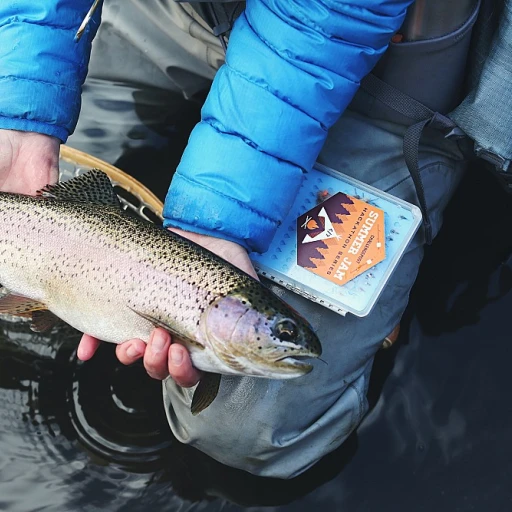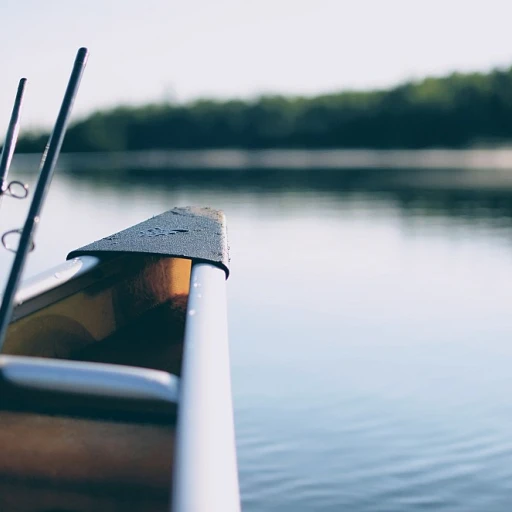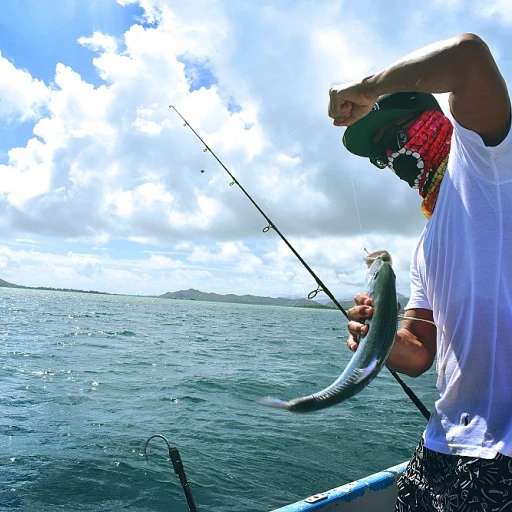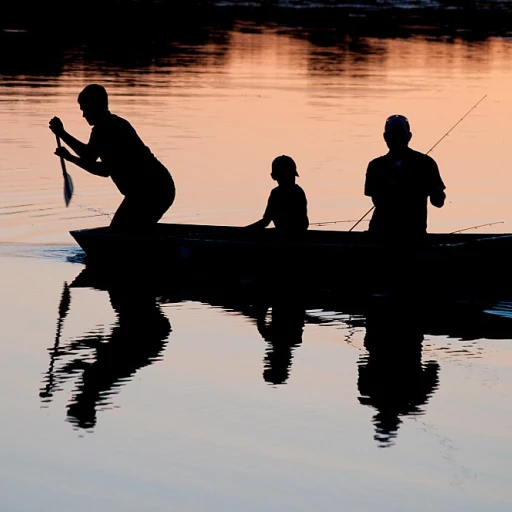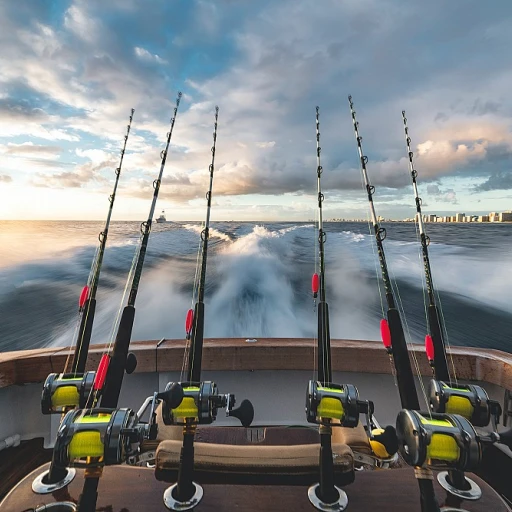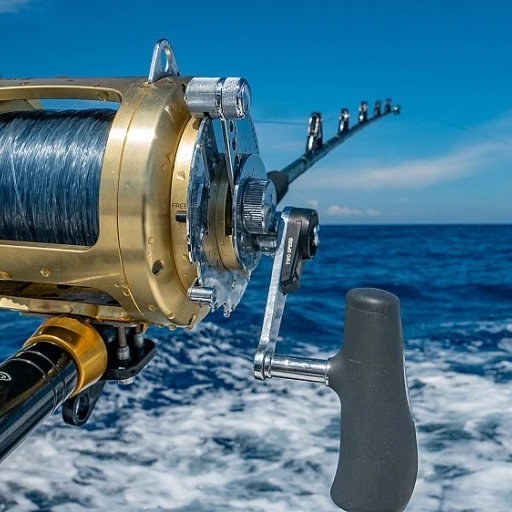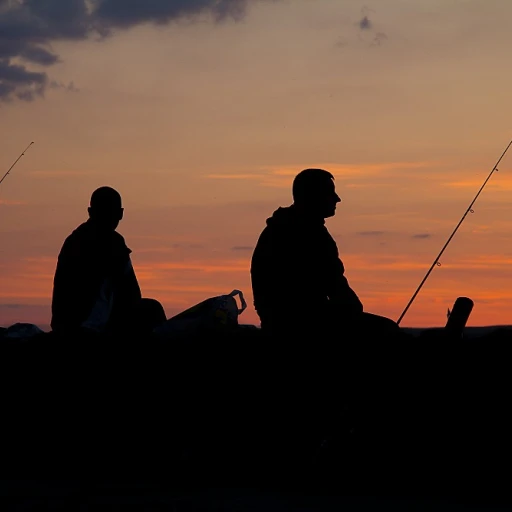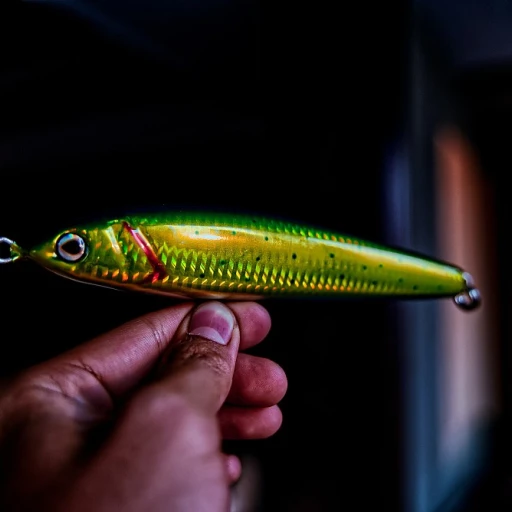
Understanding Trout Behavior
Understanding Trout Habitats and Movements
Fishing for trout, whether it's the elusive brown trout, the vibrant rainbow trout, or the beautiful brook trout, requires a keen understanding of their behavior. A good starting point is to comprehend where these fish tend to reside and how their environments influence their actions. Trout are often found in small streams and larger bodies of water alike, where they search for food and navigate their habitats. They prefer areas with ample cover and oxygen-rich water, such as riffles, pools, and the shade of overhanging trees. This knowledge can significantly aid in predicting their movements and selecting an optimal casting length. Interestingly, factors like water temperature and flow can impact trout behavior. In colder water, trout are less active, meaning you might find them in deeper pools. Casting in such environments requires precision and a rod that suits the waterbody's particular features. Moreover, trout's feeding habits change throughout the day. Early mornings and late afternoons are generally best for fly fishing, as trout tend to be more active during these cooler periods. Therefore, adjusting your casting technique and equipment accordingly can enhance your chances of success. To learn more about the nuances of trout behavior and fishing techniques, you might find exploring the versatility of shrimp traps insightful.Factors Affecting Casting Distance
Influences on Your Casting Reach
When it comes to trout fishing, understanding the factors that affect your casting distance is crucial. Whether you're targeting brown trout in larger rivers or brook trout in small streams, several elements will influence how far you can cast your line.
First, consider the weight of your fly rod. A heavier rod will generally allow for longer casts, but it might not be suitable for all environments. For instance, a longer rod might be ideal for open waters but cumbersome in tight, wooded areas. The rod length also plays a role; a longer rod can help you achieve greater distances, but it requires more skill to handle effectively.
Next, the weight of the fly or bait you're using can impact your casting distance. Heavier flies or bait can travel further, but they may not always be the best choice for the type of trout you're targeting. For example, rainbow trout in small streams might be spooked by larger, heavier flies.
The water conditions are another factor to consider. Windy conditions can hinder your casting distance, while calm waters might allow for a smoother, longer cast. Adjusting your technique based on the water's behavior is essential for successful trout fishing.
Finally, the type of rod you choose can make a significant difference. Fly rods are specifically designed for fly fishing and can offer different casting capabilities compared to traditional rods. Selecting the best fly rod for your needs will depend on the specific conditions and the type of trout you're aiming to catch.
For more insights on improving your casting technique, you might find it helpful to explore mastering the art of J-hook fishing, which can offer additional tips and tricks.
Choosing the Right Equipment
Picking the Right Gear for Successful Casting
Selecting the appropriate equipment is a crucial step in enhancing your trout fishing experience. The interplay between your rod, reel, and line significantly influences your casting abilities, and understanding what each component contributes can make all the difference.
When choosing a rod, consider the target water and the size of the trout you aim to catch. For small streams, a lighter weight fly rod is often recommended as it allows for more precise casts in tight spaces. This is crucial when you are fishing for smaller species like brook trout or rainbow trout. On the other hand, if you are targeting larger waters with potentially larger fish, a longer rod can give you the necessary casting reach and leverage.
The weight of the rod—which refers to the line weight it is designed to handle—is another crucial factor. A lighter rod weight will provide finesse and a gentle presentation, which is often needed in clear, slow-moving waters where trout can be easily spooked. It's worth reading up on how to choose the optimal weight for your fly fishing setup to ensure you're equipped for different fishing environments.
Beyond the rod, consider your line and fly choices. Using a split shot can help when targeting fish deep in the water, but it may require adjustments to your casting technique. The length of your line, its buoyancy, and its weight can all affect your casting distance and accuracy. Finally, ensure your gear is well-suited to the types of trout you're pursuing, be it brown, brook, or rainbow trout, as each may require different tackle setups.
Techniques for Improving Casting Distance
Enhancing Casting Efficiency
Optimal casting distance is crucial in trout fishing, whether you're targeting the elusive brown trout or the vibrant rainbow trout. The journey to improving your casting distance begins with refining your technique. Adjustments in your approach, coupled with the right equipment, can lead to more successful fishing experiences. When aiming to cast further while fishing trout, consider the following techniques:- Rod Positioning: Start with your rod at a slight angle. Too upright or too low can result in shorter casts. Aim for a balance that aligns with your natural movement, enhancing the rod trout mechanics.
- Utilizing the Backcast: Fly fishing enthusiasts understand the importance of a strong backcast. By focusing on your rod's weight and the fly's position, you'll generate the necessary momentum to propel your bait further.
- Maximizing the Load: In fly fishing, the loading of the fly rod is essential. Pay attention to the rod weight and how well it moves with your actions. A rod that bends appropriately under weight will release energy effectively during the cast.
- Timing and Release: When casting, timing is critical. Practice releasing the line at the peak of your cast to maximize distance. A well-timed release can significantly impact how far your fly fishing setup extends into the water.
- Casting Techniques for Small Streams: For those fishing in small streams, manage your casting length with precision. Longer casts aren't necessary; instead, focus on accuracy and aiming for clear water spots where trout often gather.
Common Mistakes to Avoid
Missteps to Watch Out For
Trout fishing can be challenging, and it's easy for anglers to make mistakes, especially when it comes to casting. Being aware of these common pitfalls can help you avoid them and improve your trout fishing experience.- Ignoring Rod Weight: Many anglers overlook the importance of matching the rod weight to the size and type of fly they are using. Using a rod with an incorrect weight can lead to less control over the cast and reduce your chances of landing that prized brown trout or rainbow trout.
- Overcasting with Longer Rods: A longer rod may seem like a good idea to reach farther distances, but overcasting can lead to loss of accuracy. Particularly in small streams, where precision is key, it's crucial to learn the right amount of force to apply.
- Incorrect Bait Selection: When casting for trout, choosing the wrong bait size can impact your success. Larger baits might not appeal to smaller fish like brook trout. Always tailor your bait to the specific trout you are targeting.
- Overloading the Fly Rod: Adding too much weight, such as a split shot, to your fly rod can hamper your casting ability. Keeping the weight appropriate will enhance your ability to make longer, more accurate casts.
- Neglecting to Adjust for Water Conditions: Water conditions can dictate how well your rod will perform. Ignoring these factors can lead to ineffective casts. Always adjust your rod length and weight depending on the current environment to optimize performance.
